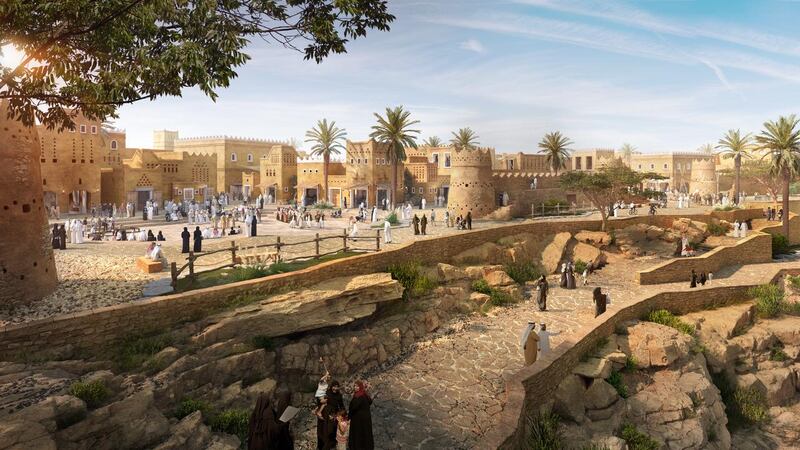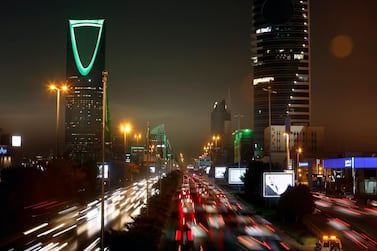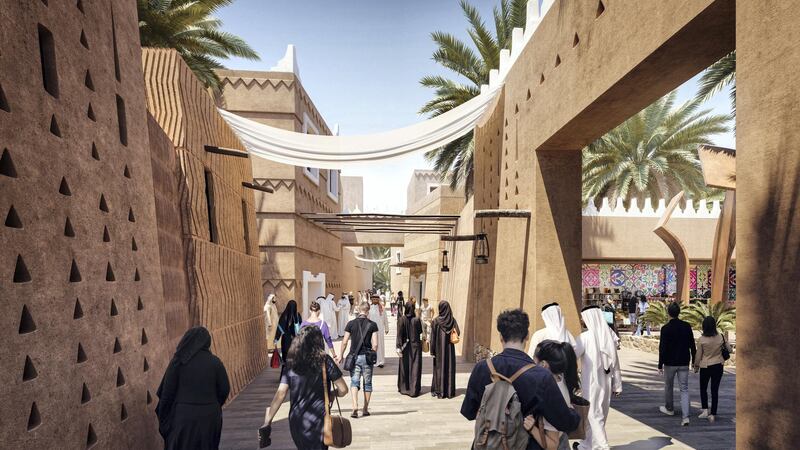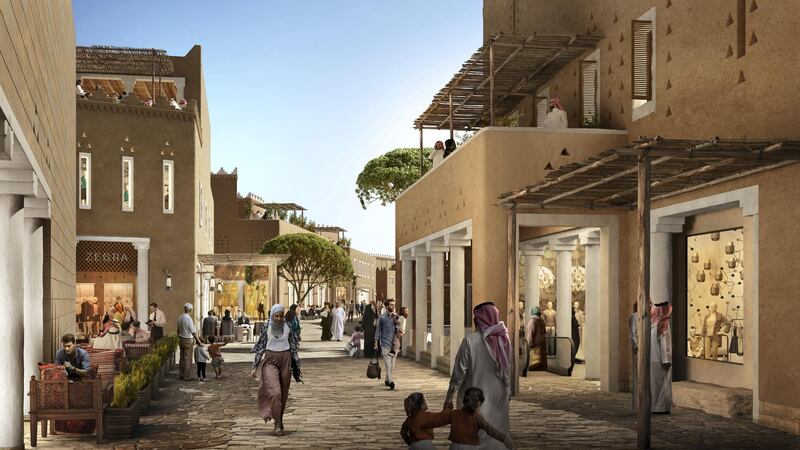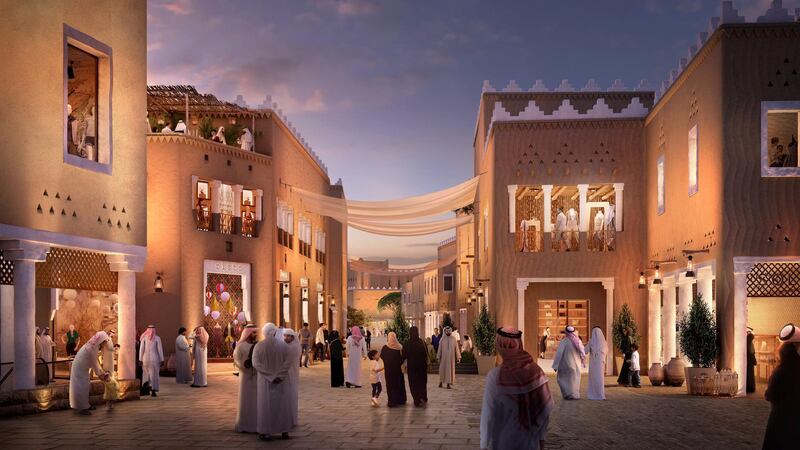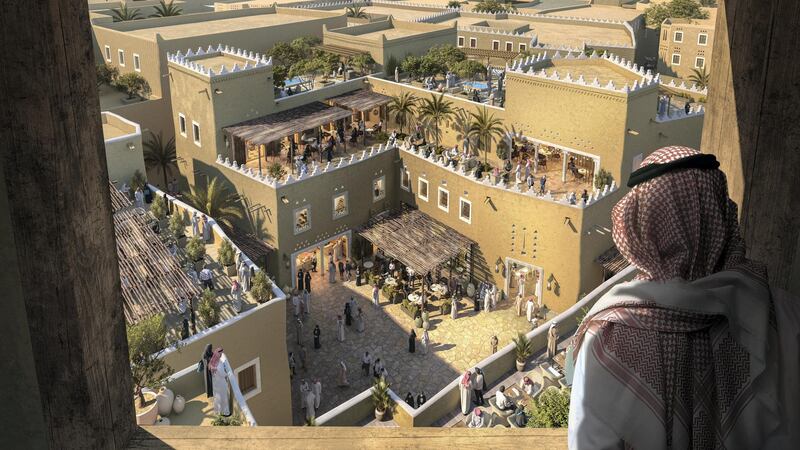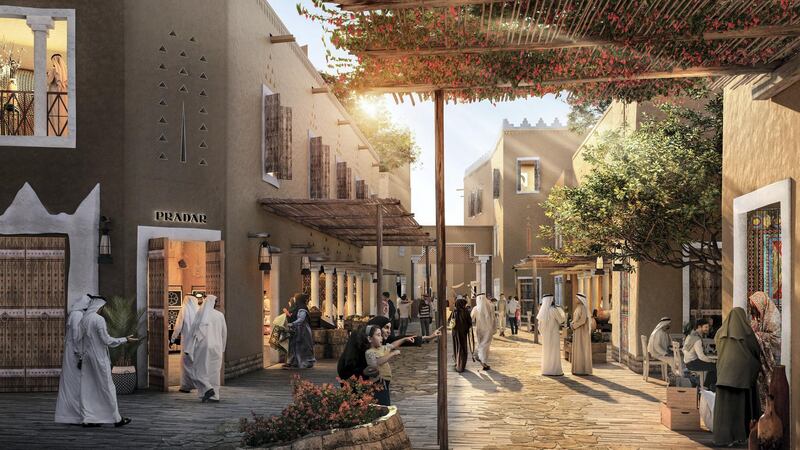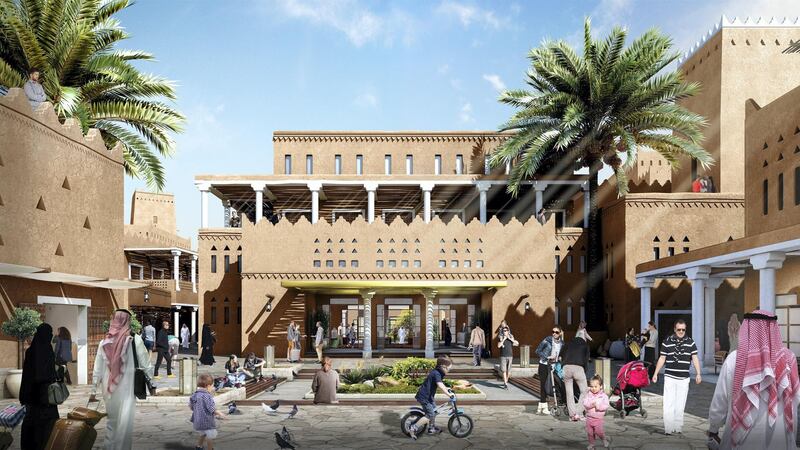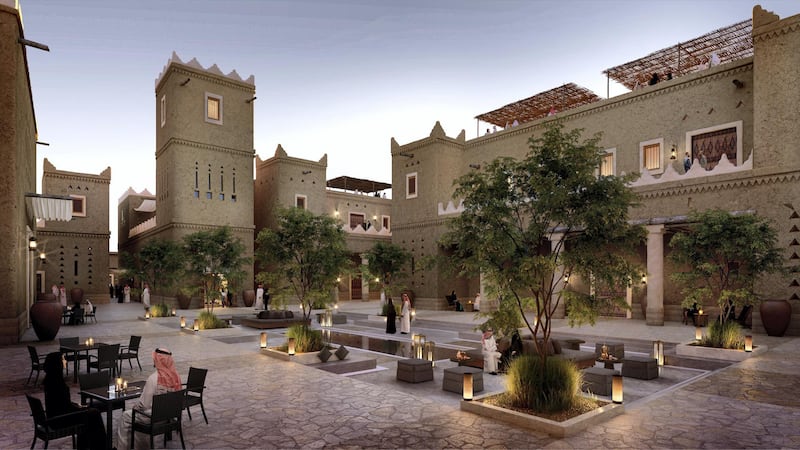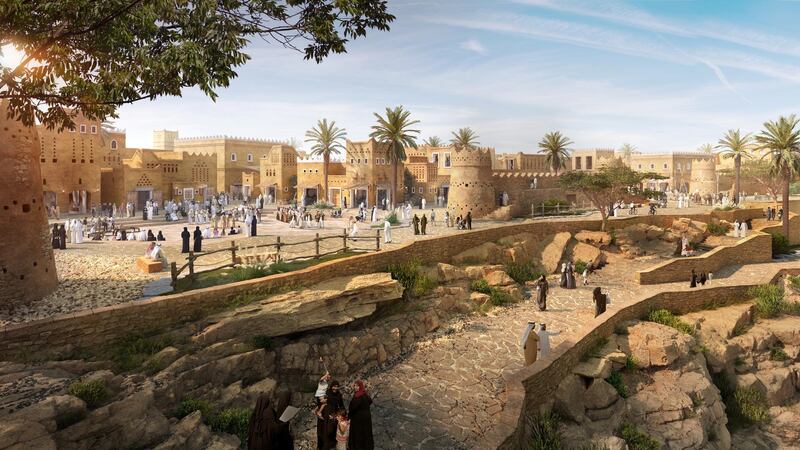Saudi Arabia is in the final stages of confirming operators for 21 of the 30 proposed hotels at its 75-billion-riyal ($20bn/Dh73.4bn) Diriyah Gate project.
Despite the impact of Covid-19 on the hospitality industry, global hotel chains remain keen on their involvement in the project, Jerry Inzerillo, a hospitality industry veteran who is the chief executive of the Diriyah Gate Development Authority, told The National in an interview.
Some operators, however, have delayed decisions on whether to take equity stakes in hotels as they look to rebuild their revenue streams as pandemic-related restrictions ease.
“Prior to [Covid-19] in March, we had very substantial interest from most of the luxury hotel operators around the world – including equity positions. With Covid … we haven’t lost any of the global operators from their intention to build or operate within Diriyah,” said Mr Inzerillo.
“This is the good news. But what I’m hearing from several of the [chief executives] … is ‘I need six months before I even know what kind of shape my company is in’.”
Diriyah Gate is a 7-square-kilometre site with the At-Turaif Unesco World Heritage Site at its core.
At-Turaif was founded in the 15th Century and became the main seat of power for the kingdom’s ruling Al Saud family in the 18th and 19th centuries.
It is one of several mega-projects being undertaken to drive the kingdom's goal of growing tourism's contribution to 10 per cent of gross domestic product by 2030, up from 3 per cent.
The ambitious plan to redevelop the site centres around the creation of a cultural and tourism hub capable of attracting 25 million visitors a year.
It involves the building of 12 galleries, 30 hotels and the restoration of the 3-square-km Wadi Hanifah that traditionally supported activity in the area.
A ground breaking ceremony took place at the end of June on a district known as Bujairi that will contain restaurants, the Diriyah Art Oasis contemporary gallery and the 142-room Samhan heritage hotel.
The global tourism industry has taken a massive hit from Covid-19. UN Secretary General Antonio Guterres said on Tuesday the pandemic has led to $320bn in lost export revenue in the first five months of 2020 and put 120 million jobs in the industry at risk.
However, the backing that Diriyah Gate has from the Saudi government and from Crown Prince Mohammed Bin Salman, who is chairman of the authority’s board, means it will continue as planned.
It will negotiate with international hospitality companies about the structure of their deals – whether they own, part-own or just operate hotels – at a later date, Mr Inzerillo said.
One thing that has not changed is “the desire from the Saudi entrepreneurs who want to be owners but may not necessarily want to be operators”.
In the last two months, Saudi conglomerates and Saudi entrepreneurs have approached the authority, expressing interest in picking up equity stakes if the international management companies opt out, Mr Inzerillo said.
He said there was “big time” interest in investors from other parts of the GCC, including the UAE, who recognise the growth potential of the kingdom’s tourism sector.
Potential investors can tap the kingdom’s new $4bn tourism fund for subsidised loans and the DGDA is looking into setting up its own fund to finance investments, chief corporate finance officer Faisal Faruqi, said.
“We are planning to have joint ventures, [property] funds and potentially structuring project finance from regional banks [for investments in commercial elements],” Mr Faruqi said.
“We’re beginning to see there is good appetite, especially given that Diriyah … is very strategically located in Riyadh. So those specific third party investors who might be looking at getting into a specific property like commercial offices or hotels, we are exploring how we can facilitate,” Mr Faruqi said.
Covid-19 has not slowed progress on the project’s development, which, like other key tourism projects aligned to the kingdom’s Vision 2030, is progressing as planned, Mr Inzerillo said.
“There is no change in three major commitments – no change in terms of financing, in terms of timetable and holding the ministers and [chief executives] accountable in terms of the delivery of those timetables,” he said.
“Even with Covid-19 having a profound effect on global economies, construction schedules, curfews and moratoriums, we’ve navigated our way very efficiently through it,” he said.
He said that the authority’s 400-strong team had recently returned to offices after several months of remote working.
The most difficult part has been dealing with international design firms working on three separate masterplans – the 7-square-km Diriyah Gate, 3-square-km Wadi Hanifa and a wider 60-square-km site containing luxury residential projects that Mr Inzerillo says is intended to be “the Beverly Hills or the Bel Air of Riyadh”.
“Where it’s been challenging is that a lot of the international design firms and consulting firms disbanded their teams,” Mr Inzerillo said.
“It took a lot to get people to understand that we can’t have that with Diriyah.”
There are currently about 2bn riyals worth of construction tenders in place covering primary infrastructure, excavation works and work in the Bujairi district, Mr Faruqi said. The pace of contract awards is set to accelerate in the coming months, Mr Inzerillo said.
